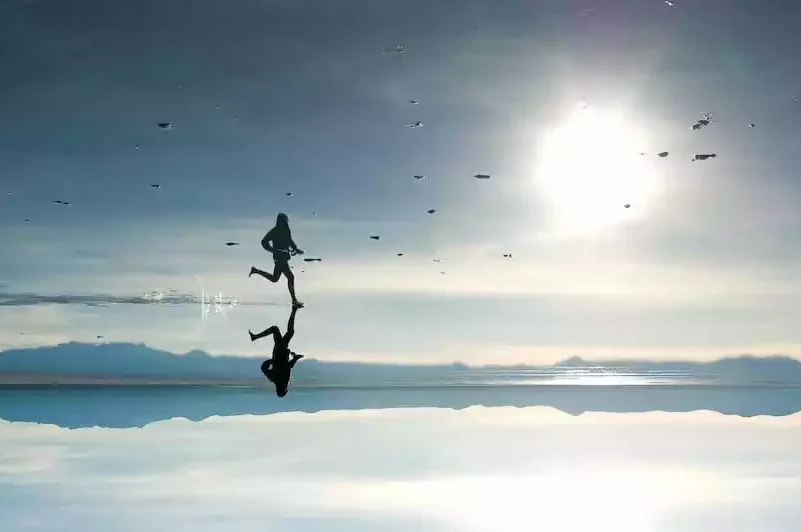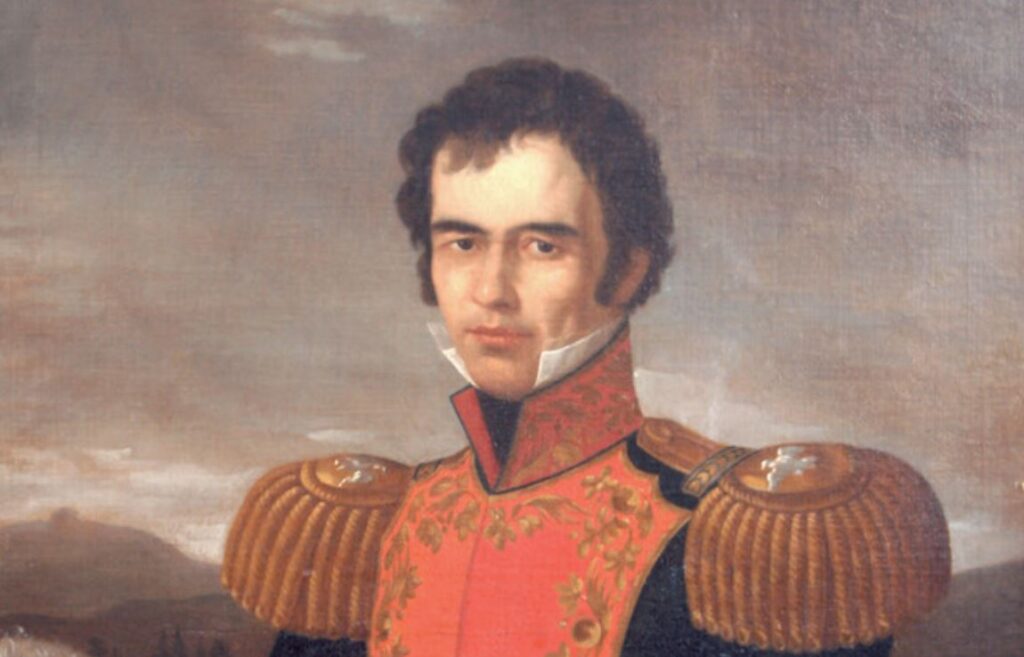The Mystical Uyuni Salt Flat in Bolivia

The mystical Uyuni salt flat in Bolivia is one of the planet’s most mystical areas, brimming with the magic of Bolivia.
Situated at an elevation of around 3,800 meters above sea level amidst the Andes in the southwestern part of the country, this expanse is the world’s largest salt flat.
It is believed that the salt was deposited after a prehistoric inland ocean dried up, leaving behind a blindingly white salt desert spanning nearly 11,000 square kilometers.
This salt flat boasts a depth of approximately 120 meters. The Uyuni salt flat is estimated to be the most popular tourist attraction in Bolivia, and one truly has to see it to believe it.
Imagine that, at one point in time, there was an immense sea that, due to tectonic movements, emerged to an elevation of 3,800 meters, only to later dry up.
The Uyuni salt flat is one of the flattest places on Earth, and a journey here feels like a voyage to a strange and beautiful new planet.
In fact, the Salar de Uyuni made an appearance in Episode 8 of the Star Wars saga, leaving no doubt that it resembles something from another world.
During the rainy season (from November to March), water accumulates on the salt, creating a giant mirror that perfectly reflects the sky and clouds.
During your exploration of the mystical Uyuni salt flat in Bolivia, you’ll encounter geysers, islands in the salt adorned with giant cacti, lagoons of various colors – red, blue, white, and green – hot springs, painted mountains, peculiar rock formations, active volcanoes, and exotic animals such as pink flamingos, as well as the endangered vicuña and Andean fox. The salt flat itself is the ultimate highlight of the tour but constitutes only one of the three days of a typical trip.



Some of the Main Attractions in the Mystical Uyuni Salt Flat in Bolivia
Train Cemetery: In the 19th century, ambitious plans were made to build a larger train network outside of Uyuni, but the project was abandoned due to difficulties and tensions with indigenous residents. Trains and other equipment rusted away, fading from memory.
Incahuasi Island: Also known as Inkawasi or Inka Wasi, it’s a hilly, rocky area in the middle of the Uyuni Salt Flat.
Eduardo Avaroa National Fauna Reserve: This reserve hosts some of the planet’s most unusual landscapes and offers refuge to many rare and endangered South American species.
Laguna Verde: A high-altitude mineral lake in the Eduardo Avaroa Reserve, known for its beautiful green color. It is nestled at the base of two volcanoes, Licancabur and Juriques, which border Chile and are reflected in the water on clear days.
Laguna Colorada: A shallow lake within the Eduardo Avaroa National Fauna Reserve, near the Chilean border. Its name, Laguna Colorada, means “colored” or “red lagoon.”
Laguna Hedionda: A volcanic lake on the way to the Eduardo Avaroa Reserve. The water has a high gas content, and smoking is strictly prohibited in the vicinity.
Sol de la Mañana Geyser: A geothermal field spanning over 10 square kilometers, located between 4,800 and 5,000 meters above sea level.
Salvador Dalí Desert: An extremely arid valley characterized by landscapes resembling the surreal paintings of Salvador Dalí.






